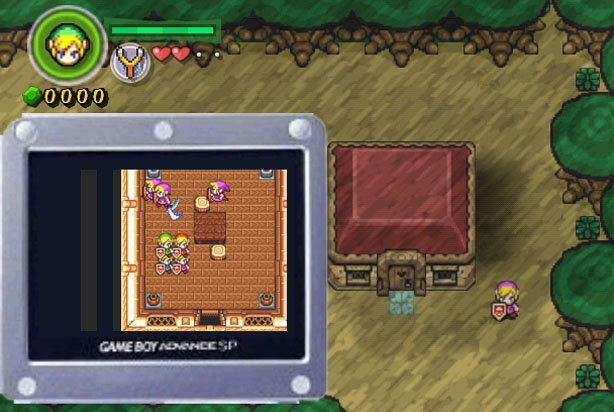Project Cafe Rumours
It's easy to point and laugh at the numbers, but we shouldn't also lose sight of what this potentially means for gaming. Firstly, if Project Café does indeed have an R700 GPU, then DirectX 10.1-level shaders will finally make it outside of the world of PC gaming, potentially resulting in more developers creating games that can take advantage of what was previously PC-exclusive tech, such as the geometry shader. If DirectX 10 shaders become mainstream, then this can only be good for the development of PC games too.The fact that Nintendo will potentially have a console with such an advanced shader system is a massive deal for Nintendo fans. Of course, we could expect a new Zelda adventure with properly shaded graphics, and Zelda is always a series that benefits from more realistic (or more creative) graphics. It's also likely that the usual Nintendo franchises, such as Mario and Donkey Kong (yawn) will also be given a graphical overhaul.
 Will the next Zelda game look better than this? We bloody well hope so
Will the next Zelda game look better than this? We bloody well hope soMore importantly, though, the introduction of advanced shaders will give Nintendo's in-house creative team a hell of a lot more flexibility, which could result in some exciting new IP. Pikmin was a greatly-received new in-house title on the GameCube, but at the time Miyamoto said he originally came up with the concept in the N64 days. The problem was that Nintendo couldn't make it on the N64 because the console didn't have the processing power to handle so many moving sprites at once at a decent frame rate. It was only the extra processing power that enabled Shigeru Miyamoto to get the final game made; just imagine what Miyamoto and his team could do with hundreds of unified shaders at their disposal.
Okay, so it won't be as powerful as a top-end gaming PC, but it doesn't have to be. Even 320 stream processors would put Project Café in a completely different league from the Wii, hopefully resulting in a whole new era of creativity. Nintendo has always been more about innovative, quality games than cutting-edge graphics. Project Café doesn't need to be more powerful than a top-end PC; it just needs to provide enough flexibility for game developers to free up their creativity.
The Controller
The other major component of Project Café is, of course, the controller. IGN says that the console's controller will feature a comparatively massive 6in touchscreen, which has been rumoured elsewhere to feature an HD resolution. The latter is pretty unlikely, we reckon, simply because it would add so much to the cost without any visible benefit. However, a large touchscreen controller would really fit in with Nintendo's current gaming vision for a number of reasons. GameCube games such as The Legend of Zelda: Four Swords have already demonstrated the potential for controllers with screens via a GameBoy Advance link-up cable
GameCube games such as The Legend of Zelda: Four Swords have already demonstrated the potential for controllers with screens via a GameBoy Advance link-up cableNot only has Nintendo already been dabbling with dual-screen gaming with the various incarnations of the DS, but it also attempted a similar feat with the GameBoy Advance, which you could hook up as a secondary controller with a screen in GameCube games, such as Zelda: Four Swords. Nintendo has had plenty of practice with dual-screen gaming, moving features such as maps and HUDs to the second screen to reduce clutter on the main screen, while also providing a mouse-like control system.
The latter is going to be the key component here if Nintendo really wants to woo back the core gaming crowd, as well as appealing to the casual gaming market that it targeted with the Wii. The Wii controller works surprisingly well in sports games, and it also enabled some games to innovate with the control system – WarioWare: Smooth Moves, for example, really showed the innovative potential for free-hand motion control.

MSI MPG Velox 100R Chassis Review
October 14 2021 | 15:04










Want to comment? Please log in.